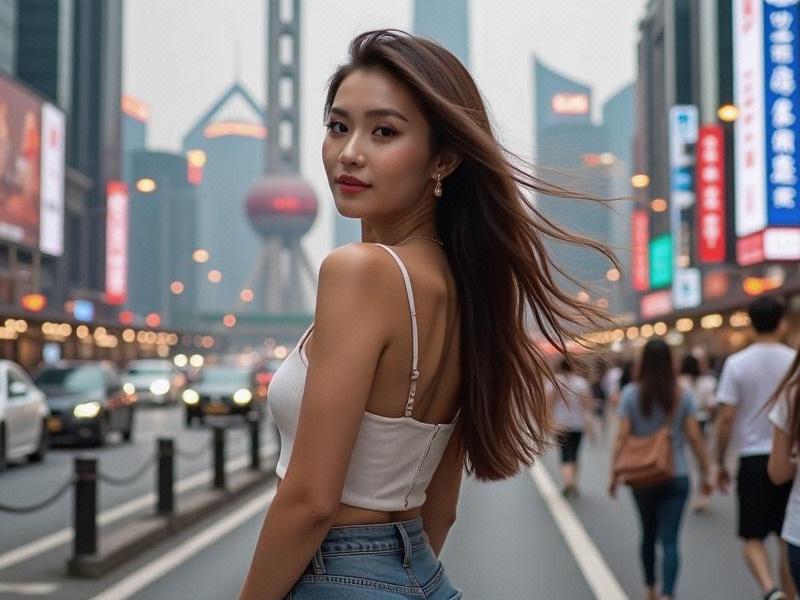The Shanghai Woman: A Study in Cosmopolitan Femininity
⏱ 2025-07-06 14:03 🔖 阿拉爱上海千花网
📢0℃

[Section 1: Historical Roots of Shanghai Femininity]
• 1920s: The birth of "Haipai" (Shanghai-style) elegance
• 1930s-40s: Golden Age of Shanghai glamour
• Socialist Era (1949-78): Practical femininity
• Reform Period: Reemergence of fashion consciousness
• Digital Age: Globalized beauty standards
[Section 2: The Professional Landscape]
Statistical Profile:
- 43% executives in Fortune 500 China HQs
- 68% higher education rate (vs. national 53%)
- 32 average marriage age (national: 28)
- 58% home ownership rate
Career Archetypes:
1. The Lujiazui Finance Professional
新上海龙凤419会所 2. The Jing'an Creative Director
3. The Zhangjiang Tech Entrepreneur
4. The French Concession Gallery Owner
[Section 3: Beauty & Fashion Philosophies]
Aesthetic Principles:
- "Luxurious minimalism" wardrobe
- Smart skincare over heavy makeup
- Tailoring over fast fashion
- Tech-integrated beauty routines
Emerging Trends:
• Sustainable luxury consumption
• Qipao modern reinterpretations
• Gender-fluid office wear
上海龙凤419油压论坛 • Digital avatar styling services
[Section 4: Social Transformations]
Changing Norms:
- 41% voluntarily child-free
- 63% prioritize career over marriage
- 78% expect equal domestic labor
- 89% value financial independence
Community Building:
- Professional women's networks
- Angel investment clubs
- Cultural preservation societies
- Digital content collectives
上海贵族宝贝龙凤楼 [Section 5: Global Influences]
International Impact:
- 22% in multinational leadership roles
- 35% with overseas education
- 18% in cross-cultural marriages
- 9% running global digital businesses
Cultural Exchange:
- Shanghai Fashion Week collaborations
- Business diplomacy initiatives
- Academic thought leadership
- Co-created art installations
[Conclusion]
Shanghai women represent a dynamic synthesis of Chinese cultural heritage and global citizenship, creating an influential model of Asian modernity that continues to evolve while maintaining its distinctive local character.
Shanghai’s Gilded Lounges: Where Art Deco Opulence Meets AI-Curated ExtravaganceThe Great Shanghai Convergence: How the Mega-City Is Reshaping the Yangtze Delta Region"Code and Qipao: How Shanghai's Women Are Rewriting the Rules of Modern Femininity"The Yangtze River Delta Megaregion: Shanghai's Bold Vision for Integrated Urban Future《海派丽人启示录:上海女性审美变迁与都市文化演进》弄堂里的"新主人":上海城市更新中的社区共生与文化新生Shanghai's Nocturnal Revolution: How the City Redefines Luxury Entertainment《从"百乐门"到"数字包厢":解码上海娱乐会所的百年进化史》文章开始Shanghai's Beauty: A Blend of Tradition and ModernityShanghai 2045: The Living Laboratory of Urban Futurism

